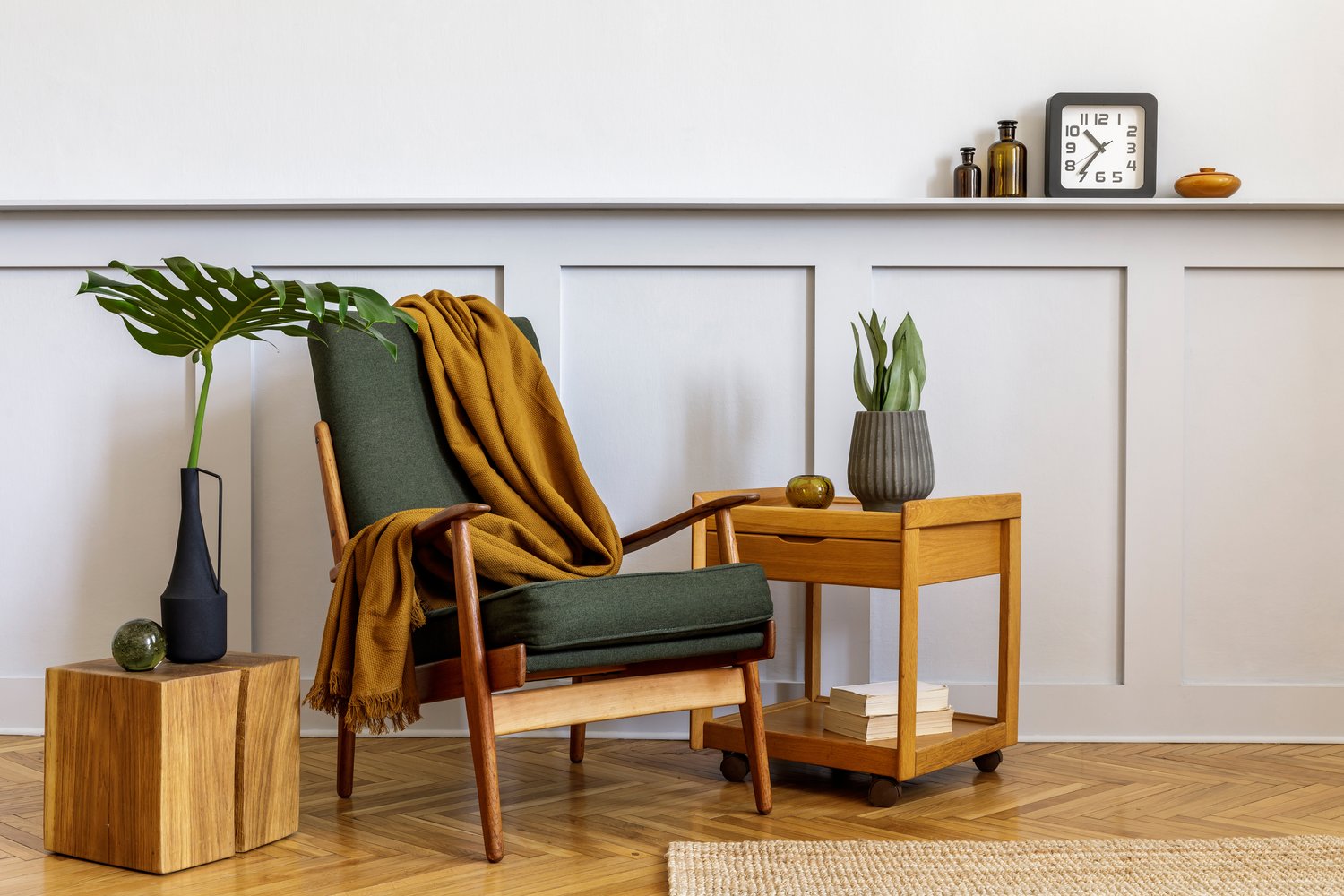Your furniture represents a significant investment in your home’s comfort and aesthetic appeal, but daily use inevitably leads to dirt, stains, and wear. Proper upholstery cleaning not only maintains your furniture’s appearance but significantly extends its usable life. This comprehensive guide explores essential upholstery cleaning tips, effective methods to clean sofa fabric, when to consider professional furniture cleaning services, and how to revive old furniture that may seem past its prime. Whether dealing with a small spill or planning a deep clean, these approaches will help preserve your upholstered pieces for years to come.
Understanding Your Upholstery Material
Before attempting any cleaning method, it’s crucial to identify your upholstery material. Different fabrics require specific cleaning approaches to avoid damage. Most furniture comes with care tags that use letter codes: “W” means water-based cleaners are safe, “S” indicates solvent-based cleaners, “WS” allows both, and “X” means professional cleaning only. Synthetic materials like polyester and nylon generally tolerate more aggressive cleaning than natural fibers such as cotton, wool, or silk. Leather and microfiber have their own distinct care requirements. Taking time to understand your specific upholstery material prevents unintentional damage and ensures effective cleaning results.
Regular Maintenance to Prevent Deep Cleaning
Consistent maintenance forms the foundation of effective upholstery care and reduces the need for intensive cleaning. Weekly vacuuming with an upholstery attachment removes surface dirt, food particles, and pet hair before they embed into fibers. For optimal results, vacuum in overlapping paths and use crevice tools for seams and tight spaces. Flipping cushions monthly distributes wear evenly across all surfaces. Immediate blotting of spills prevents stains from setting permanently. Keeping furniture away from direct sunlight prevents fading, while maintaining indoor humidity between 40-60% prevents fabric degradation. These simple upholstery cleaning tips significantly reduce the accumulation of dirt and extend the intervals between deep cleanings.
DIY Methods to Clean Sofa Fabric
When spills occur or your furniture needs refreshing, several DIY approaches can effectively clean sofa fabric without professional intervention. For water-safe fabrics, mix one tablespoon of dish soap with two cups of warm water and a quarter cup of vinegar. Apply this solution sparingly using a microfiber cloth, working from the outside of stains inward to prevent spreading. For grease stains, cornstarch or baking soda applied for 20 minutes before vacuuming often proves effective. Steam cleaning represents another option for water-safe upholstery, loosening dirt without excessive moisture. Fabric refreshers can eliminate odors between cleanings. Remember to test any cleaning solution on an inconspicuous area first and avoid oversaturating the fabric, which can lead to water damage and mold growth.
When to Call Professional Furniture Cleaning Services
While DIY methods work for routine maintenance, certain situations warrant professional furniture cleaning services. Consider professionals for antique pieces, valuable furniture, stubborn stains that resist home remedies, or after significant events like flooding or smoke damage. Professional cleaners employ specialized equipment that extracts dirt from deep within fibers and removes trapped allergens. They access commercial-grade solutions designed for specific upholstery types and stains. Most importantly, they possess the expertise to assess appropriate cleaning methods based on fabric type. According to research from AskHomey, professional upholstery cleaning typically extends furniture lifespan by 30-50% compared to DIY methods alone, making it a worthwhile investment for quality pieces.
How to Revive Old Furniture Through Deep Cleaning
It’s often possible to revive old furniture that appears beyond saving through strategic deep cleaning. Begin with thorough vacuuming using brush attachments to dislodge embedded dirt. For severe staining, consider renting a professional-grade upholstery cleaner with appropriate solutions for your fabric type. Address specific issues individually—enzyme cleaners for biological stains, solvent cleaners for oil-based marks, and oxygen cleaners for general discoloration. After cleaning, ensure complete drying with fans or dehumidifiers to prevent mold growth. Sometimes, professional reupholstering becomes necessary, but proper cleaning should precede this decision to determine if replacement fabric is truly required. Many homeowners are surprised by how effectively thorough cleaning can transform seemingly deteriorated furniture.
Protecting Your Upholstery After Cleaning
After investing time in cleaning, protect your refreshed upholstery to maintain results longer. Apply fabric protectors specifically designed for your upholstery type to create a barrier against future stains. These treatments repel liquids, allowing more time to blot spills before absorption. Consider slipcovers for furniture in high-traffic areas or homes with children and pets. Establish household rules about eating near upholstered furniture and implement gentle use practices. Rotating cushions monthly distributes wear patterns evenly. Strategic placement away from direct sunlight and heat sources prevents premature fading and material breakdown. These protective measures significantly extend the benefits of your cleaning efforts and reduce the frequency of necessary deep cleanings.
For more tips and to connect with reliable home service professionals, follow AskHomey on Facebook and Instagram.



